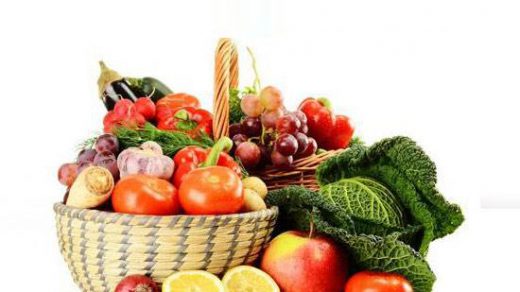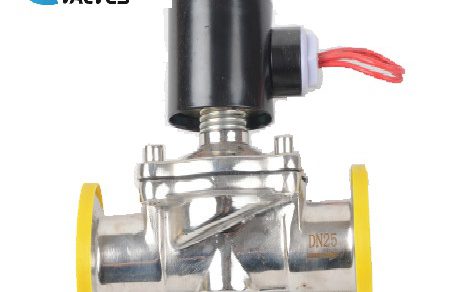We have always had a human need to store our surplus food for times of hardship. Originally this was performed in order to ensure that we never ran out of our staple foodstuffs, such as grains, meats and vegetables or fruits.
Our methods began with processes such as
• Boiling milk to pasteurize it and allow it to keep for longer.
• Drying and smoking meat and fish
• Drying pulses and grains for storage through the winter months
• Pickling our fruits and vegetables to preserve them for longer
• Creating preserves and chutneys by boiling and adding sugars or vinegar to stabilize and preserve them

As the global economy has grown and our demand for food has increased, the food industry has found new ways to preserve foods and to process them in order to make them easier to transport and sell.
The problem with many of the changes that have taken place is that we have traded health and quality for speed and profits. Manufacturers have substituted naturally occurring additives for man-made ones.
Food processing has changed dramatically in the last 50 or so years as well. The food industry now uses vast machines to process foods in factories ready to be shipped around the world, stocked on shop shelves and to sit in our kitchen cupboards. Beverages are treated to superheat treatments where they are heated beyond the boiling point to remove any bacteria that may be harmful. They are also concentrated (removing high percentages of the naturally occurring water) they are then reconstituted by adding the water back into them at there destination before bottling and shipping.
Cereals are treated in a very different way nowadays. The grains used in our cereals are mixed with water, this paste is then passed through a tiny hole while being heated at high temperatures and pressures. This process is called extrusion and can be detrimental to the quality of the grains.
There are many other forms of food processing, sadly we have lost many of the old fashioned and healthy types of processing. Perhaps as we are moving to a new found sense of healthy living, we will rediscover the benefits of adopting the old and artisan ways of food processing.
To maintain food safety, it is important to use clean media which is made of stainless steel. Because many of our customers are involved in the production, packaging, transportation, and distribution of foods and beverages, we thought it important to explore the types of valves that are most commonly used in these applications.
Sanitary valves utilized by the food and beverage industries can be divided into two main subcategories: direct contact and utility services.



Recent Comments